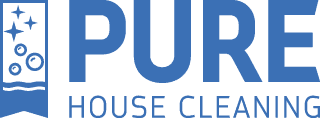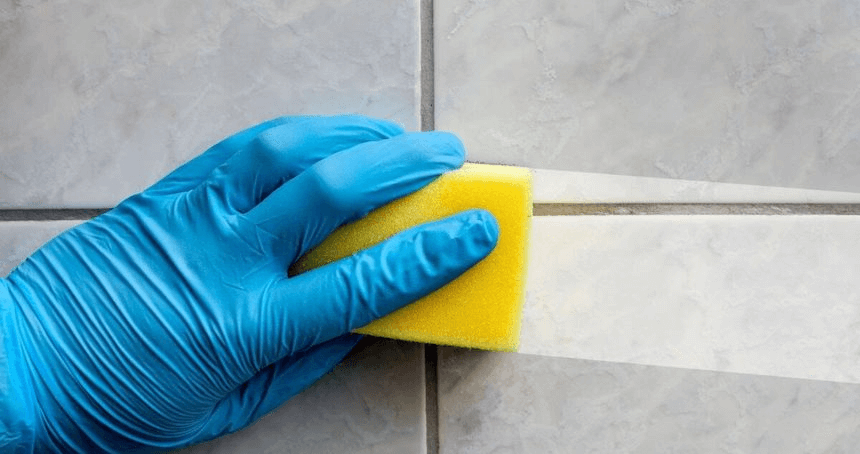Cleaning is more than just tidying up a space. When it comes to your home, it is important to identify the germy areas and ensure they are thoroughly addressed. As you clean germs throughout your home, you will give yourself and your family the gift of health and security.
This may seem like a huge responsibility, but it does not have to be complicated. Take the time to pick out rooms and areas to focus on and concentrate your efforts there to start. If needed, call in professionals to help you get your home happy, healthy, and germ-free.
Skip to section
Importance of a Clean Home
Everyone wants a clean home, but what are the actual health benefits of cleaning? According to the Centers for Disease Control and Prevention, regularly cleaning the germiest areas in your home helps prevent the spread of sickness. A routine to clean germs from your home will help keep you and your family healthy.
You may want to know how in-depth you need to scrub to eliminate of germs completely. There are three levels of cleaning germy areas:
- Cleaning removes most germs
- Sanitizing reduces germs to safe levels
- Disinfecting kills most germs
A clean home is also beneficial to your mental health. Beyond knowing your germy areas are taken care of, a clean and uncluttered home reduces stress and gives you peace of mind. When your home is clean, you can rest better, which leads to better health overall.
3 Germiest Areas in Your Home
Our homes are hotbeds for germs. Because we live, eat, and spend time in our homes, it is essential to clean germs on a regular basis. Otherwise, your germy areas could become a problem and negatively affect your family.
Fortunately, it is easy to address the germiest areas in your home to ensure your family’s health. Deep cleaning your home is crucial to ensure all the germy areas are taken care of. Make sure you concentrate on the three germiest areas in your home: the kitchen, bathrooms, and high-contact surfaces.
- Kitchen
The kitchen is widely regarded as the worst of the germiest areas in the home. With bacterial contamination from food and damp surfaces, the kitchen is full of germy areas that must be addressed regularly so you don’t have food contamination issues and illness.
Some of the top culprits for harboring bacteria are kitchen rags, towels, and sponges. Because you use these items to clean dishes and counters, it is important to wash or replace them on a regular basis. It is ineffective to clean the rest of your kitchen if your supplies are dirty.
Be diligent in cleaning germs from high-contact appliances such as refrigerators and dishwashers. The handles on these pieces of equipment are often touched after handling food, but they are also neglected when cleaning time comes.
- Bathrooms
Bathrooms are also notorious for being one of the germiest areas in the home. Most people automatically think of the toilet as the dirtiest spot, but make sure to clean germs from all surfaces, including your toothbrush holder, handles, door pulls, soap dispensers, and linens.
Along with cleaning germs, be aware of any mold starting to grow in your bathroom. Mold and mildew can become hazardous to your health, and you will want to treat it as if it is one of the germiest areas in the room. Irradicate mold and work to prevent it from coming back.
The bathroom is where you go to get yourself clean, so take care on a regular basis to clean germs from the whole room.
- High-contact surfaces
The germy areas in your house can be anywhere you might not think to clean on a regular basis. Take a moment to think through everything you touch on a daily basis — the door handles, light switches, and counters that quickly become the germiest areas if you are not meticulous in cleaning germy items consistently.
How often do you sanitize your electronics? Consider the germy areas you touch every day, like your television remotes and cell phones. In the interest of health, set up a schedule to disinfect those surfaces so you can clean germs away before they become a problem.
How to Safely Clean Germy Areas in Your House
While cleaning germy areas in your home is a huge step to a safer environment, it is also worthwhile to consider how the products and methods you use to clean impact your surroundings.
Eco-cleaning is the practice of using sustainable cleaning products and methods and avoiding toxic chemicals when cleaning your home. This option not only removes germs, but it’s safer for your family, pets, and the environment.
Harsh cleaning products can also worsen allergies and asthma. According to the American College of Allergy, Asthma, and Immunology, asthma affects more than 24 million people in the U.S., and allergies are the sixth-leading cause of chronic illness in the country. Consider using the Environmental Protection Agency’s Safer Choice resource to find household cleaners that clean germs without the chemicals that impact respiratory issues.
When to Call in The Cleaning Professionals
It may be time to call a cleaning service if you’re having a hard time getting the germy areas in your home satisfactorily cleaned. A cleaning company will be specially trained to address all your home concerns and get your house where you want it.
A deep clean of your home could help get things pristine, and then you can consider scheduling a regular cleaning service to help you maintain your sanitized home. Typical cleaning schedules include:
Your cleaning service will not only clean germs, but they will keep your house tidy and company-ready so that you can feel at peace in your home. The more frequently you are able to have them come to your house, the less work you will have to do. Of course, any help addressing the germiest areas will be beneficial.
Whether you are doing the cleaning yourself or you hire someone to come in, it is imperative that you address the germiest areas in your home. Your personal health and the health of your family will benefit from a clean environment.


